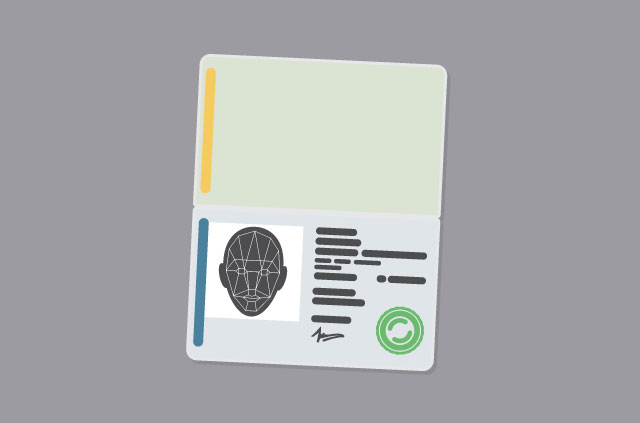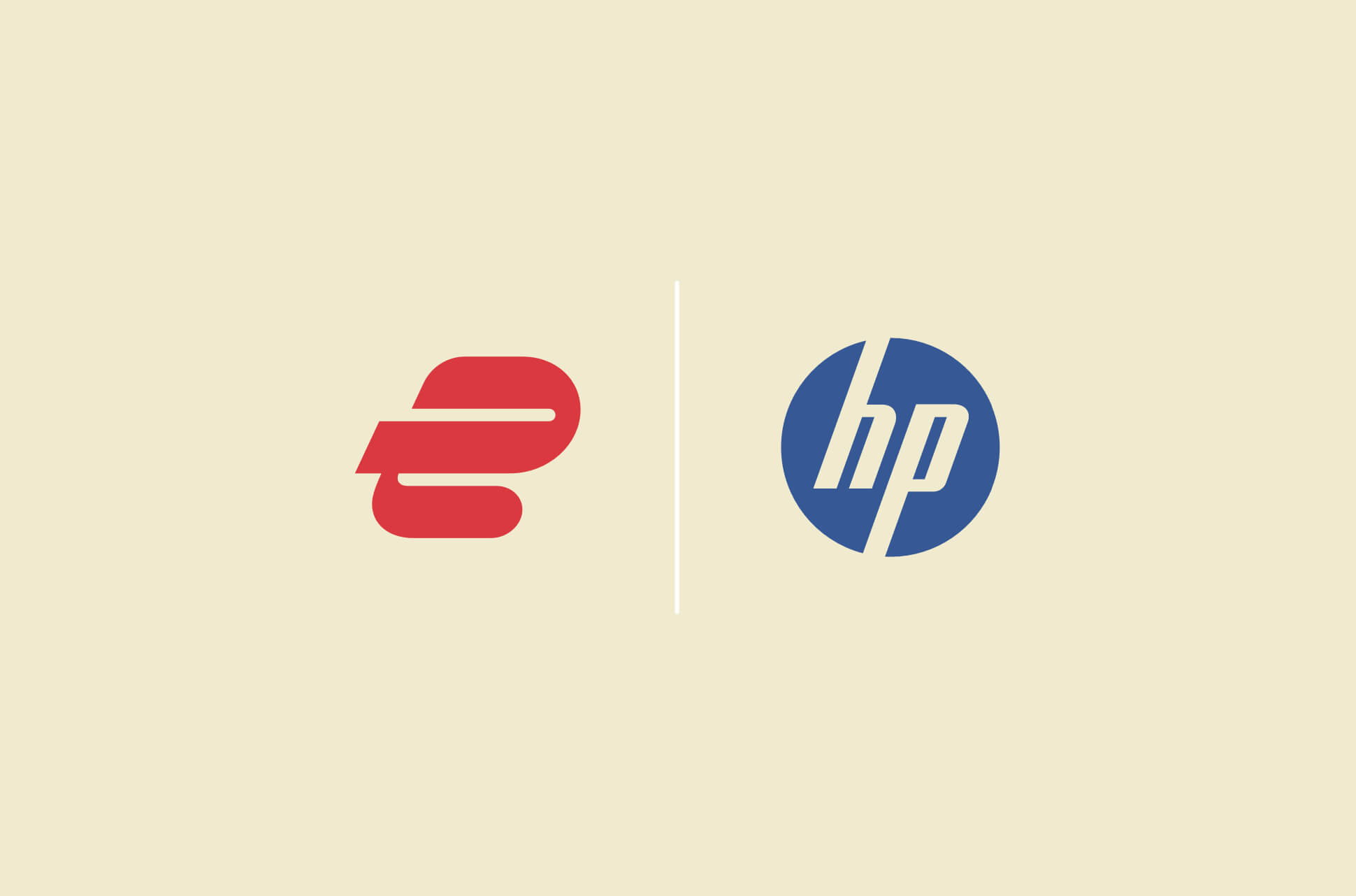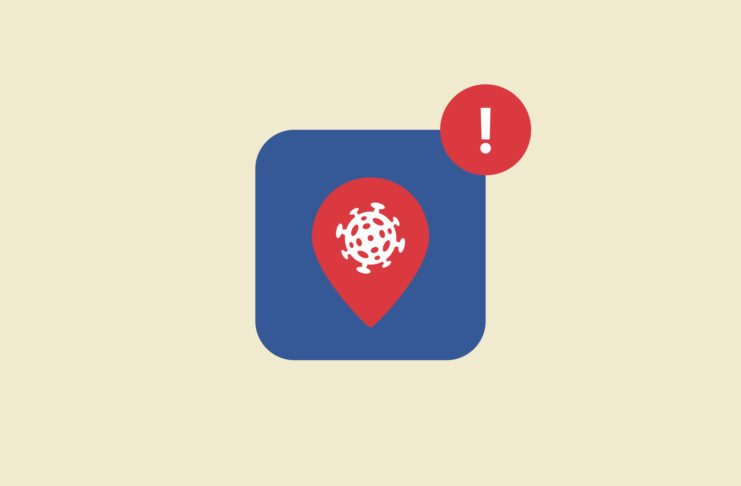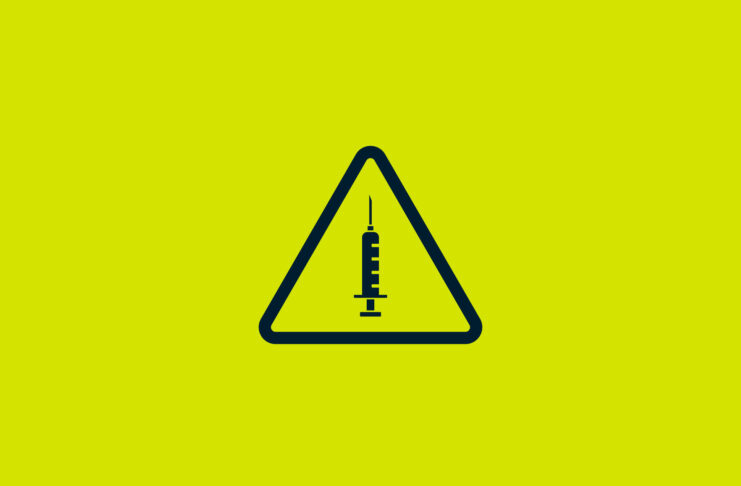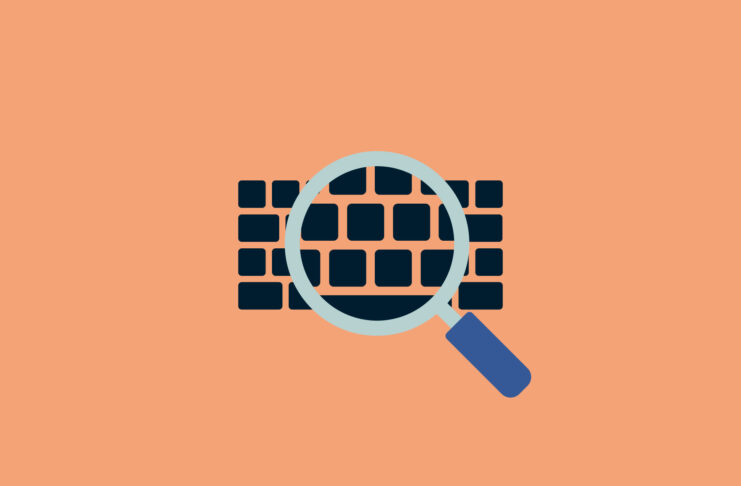Air travel is stressful—from finding the best flight prices to lining up for what feels like hours to get through airport security before finally squeezing into your ever-shrinking seat on the plane.
The last thing you’d want is to be that person holding everyone up at security emptying your pockets or getting scanned for metal objects, all under the disapproving gaze of airport security and fellow travelers behind you.
Your desire to spend as little time as possible going through security is exactly what airports and airlines are betting on when they ask to scan your face. To discourage you from opting out, they make choosing not to participate appear disproportionately time-consuming, if not completely unavailable as an option.
How does facial recognition work at airports?
Airports in the U.S. and a growing number of countries are adopting facial recognition technology with the goal of streamlining security checks while also collecting and storing biometric data from your face.

The process typically requires you to stand in front of a camera, placing your passport on a scanner so that the machine can see if your face matches your passport picture. This is supposed to replace manual passport checks by airport staff, who apparently can’t be trusted to match the face in your passport with your face in real life…
Why are airports implementing facial recognition?
Facial recognition, and biometric screening at large, was given the green light in the U.S. in 2017 after Donald Trump issued an executive order allowing airports to implement the technology in ways they see fit.
The U.S.’s Transportation Security Authority (T.S.A.) argues that biometric technology is required to “meet the challenges of evolving security threats, rising air travel volumes, resource constraints, and limits on operational footprint.” Airports outside the U.S. are also trialing this technology, which could expedite the check-in process and improve the overall traveler experience.
Some airports have even expanded this technology to incorporate facial recognition at every stage of your departure—the Caribbean island of Aruba has managed to make check-in, baggage check, immigration, and boarding dependent on biometric technology. Without any apparent irony, they have named the process Happy Flow, telling you, “Face it! You will love it!

Why should I worry about facial recognition at airports?
The allure of faster boarding at the airport is strong, and if facial recognition technology shaves minutes off your waiting time, doesn’t everyone win?
Well, no. Surrendering your biometric data to a system that has dubious biometric confirmation rates and insufficient legal accountability leaves room for abuse, bias, and the complete invasion of your personal privacy. Not to mention the very real possibility of this data being compromised by hackers, as it was in India’s Aadhar ID database breach and, more infamously, the leaks in U.S. voter databases.
The U.S. currently has no federal oversight on the use of facial recognition, although several cities have banned its use in public places and lawmakers are trying to place regulations on the technology. Meanwhile, the federal government is rapidly expanding the technology to all major airports.
Without holding the T.S.A. and Center for Border Protection (C.B.P.) accountable for their use of facial recognition technology, there are no limits to how it is implemented in airports, nor are they obligated to tell travelers how to opt out if they wanted to. There is zero mention or consideration of how travelers can opt out of the process in the T.S.A.’s roadmap, which outlines how the agency collects biometric data.
Can I opt out of facial recognition at the airport?
If you’re an American citizen entering or exiting the U.S., you can opt out of face scans—but this isn’t usually made clear.
Since the technology started appearing in major U.S. airports, anecdotes have been trickling through from travelers who have tried to opt out. Their stories have uniformly been negative experiences.
One anecdote came from Allie Funk, who wrote about her experience in Wired. After hearing from Delta Airlines that facial recognition would be used to board passengers, she tried to opt out. There was no information on how to do so. “To figure out how to [opt out],” she wrote, “I had to leave the boarding line, speak with a Delta representative at their information desk, get back in line, then request a passport scan when it was my turn to board.”
Without clear directions on how to opt out, travelers may not even know that it is a choice—which might explain why only 2% of all Delta customers opt out.
It’s not just the U.S. Anecdotes from travelers who have attempted to opt out of facial recognition and other biometric systems at airports from London to Hong Kong attest to how time-consuming the process is—and how troublesome it makes you appear.
It certainly looks like they want to make it as difficult as possible for passengers to reject a facial scan. And that is if you have that option. For non-U.S. citizens at U.S. airports, for instance, compliance with facial scans is mandatory, and photos are stored for up to 75 years on the C.B.P.’s database. For U.S. citizens, the photos are stored for 12 hours.
Airports are betting you’ll choose convenience over privacy
Because there is no legal obligation to tell you that you can opt out, nor any outlined procedure for anyone who wishes to do so, aviation and border authorities are given virtually free rein over how they wish to proceed with such travelers.

They make it incredibly inconvenient to bypass any kind of biometric security by first putting the burden of opting out on the traveler (rather than consenting by opting in), then putting them through an even more arduous and time-consuming security check by border agents. Tech executive Amber Baldet tweeted her experience of opting out of biometric scanning, which she said took 30 minutes. The typical traveler doesn’t always have that much time on hand, and going through such a long check could mean missing your flight, on top of probably being put on “a list.”
Biometric scans might very well speed up security checks, but it is only at the cost of giving your biometric data to a government that does not have to be held accountable as to how they handle it. Speeding up this stage of security checks will also give agents more time to search through your phone and social media accounts, or even confiscate your devices.
The future of facial recognition at airports
From London, Shanghai and Delhi to Tokyo and Hong Kong, airports around the world are now at various stages of implementing facial recognition systems. With greater biometric data collection becoming the disturbing new normal, it can be difficult to remain constantly vigilant about avoiding the face scanner.
We are already seeing glimpses into the future of facial recognition in other countries. Earlier this year, a viral tweet showed a Chinese airport kiosk successfully ID-ing a traveler and displaying his flight details and how to get to his gate. The kiosk only needed his face to give him his flight information.
Wow! China Airport face recognition systems to help you check your flight status and find the way to your gate. Note I did not input anything, it accurately identified my full flight information from my face! pic.twitter.com/5ASdrwA7wj
— 𝙈𝘼𝙏𝙏𝙃𝙀𝙒 𝘽𝙍𝙀𝙉𝙉𝘼𝙉 (@mbrennanchina) March 24, 2019
The bottom line: It shouldn’t be this difficult to opt out
Trading privacy for convenience is a bad deal for travelers, and it is one that we don’t appear to have a say in or significantly benefit from. But because opting out isn’t made easy or seen as available in the first place, it feels easier to submit, stand in front of the scanner with your passport, and have your face captured and stored in a government database. That is precisely how the authorities want you to feel.
There is little that you can do other than kick up a fuss at security and actively look for ways to opt out. Fight for the Future’s Airline Privacy site lists airlines that have and have not implemented facial recognition. The EFF also has an excellent breakdown on how (if at all) you can opt out of having your face scanned at the airport.
